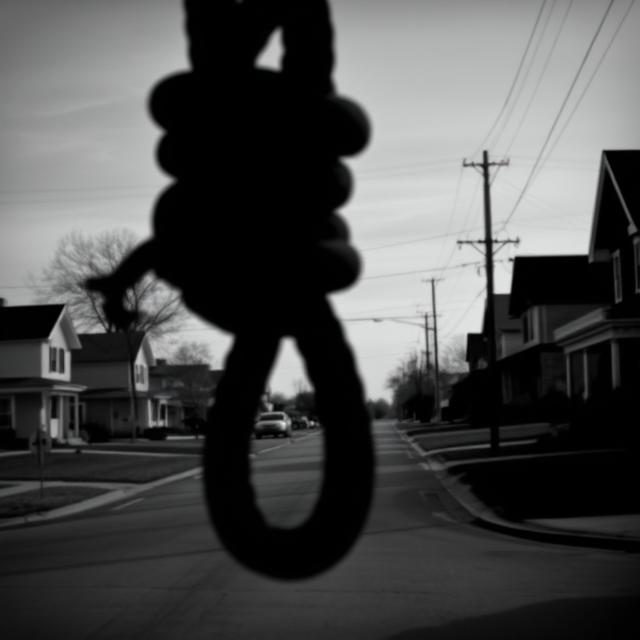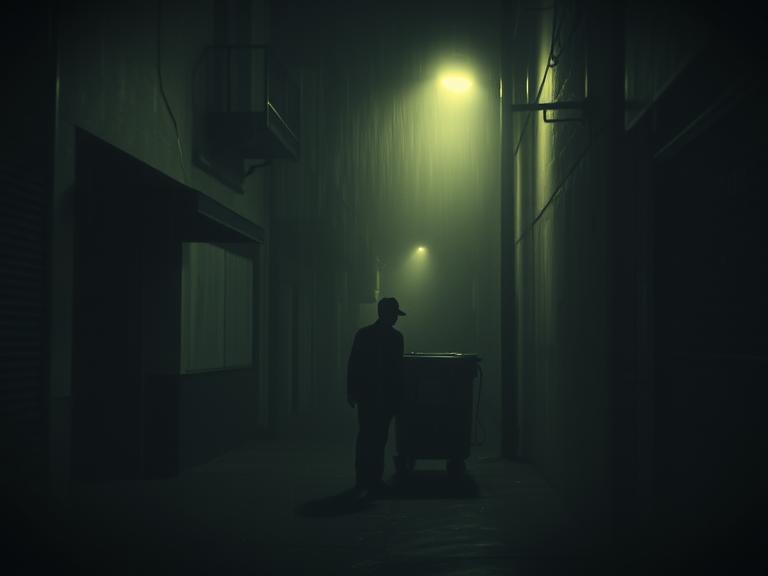The rugged peaks and remote villages of the Andes Mountains, a region often associated with breathtaking beauty and a slower pace of life, became the chilling backdrop for a series of unspeakable crimes in the early 1980s. Pedro Alonso López Monsalve, a seemingly unremarkable drifter, confessed to the murders of hundreds of young girls in Colombia, Ecuador, and Peru, earning him the grim moniker “The Monster of the Andes.” His case remains one of the most shocking and disturbing examples of serial murder in history, not only for the sheer number of his alleged victims but also for the callousness of his actions and the lingering questions surrounding the full extent of his depravity. Let us descend into the dark abyss of Pedro López’s crimes and attempt to understand the monstrous shadow he cast over the Andean landscape.
Pedro López’s early life offers a glimpse into a troubled and violent upbringing. Born in Colombia in 1948, he was reportedly abandoned by his mother at a young age and spent much of his childhood in poverty and on the streets. His early criminal record included theft and assault, suggesting a pattern of antisocial behavior that would tragically escalate. By his early thirties, López had already spent time in prison for various offenses, a prelude to the unimaginable horrors he would later confess to.
The true extent of López’s killing spree began to emerge in 1980 in Ecuador. He confessed to the murders of numerous young girls in the region, often targeting those from impoverished backgrounds. His methods involved luring his victims with promises or through deception, then subjecting them to sexual assault before brutally ending their lives. He often disposed of their bodies in shallow graves or concealed locations in the remote Andean terrain, hoping they would remain undiscovered.
López’s crimes continued as he moved across borders into Peru and then back into his native Colombia. In each country, a similar pattern emerged: the disappearance of young girls, often from vulnerable communities, followed by the eventual discovery of their remains or, in many cases, no discovery at all. The sheer number of missing children in these regions during this period, coupled with López’s later confessions, paints a terrifying picture of a predator operating with impunity across vast distances.
The breakthrough in the case came in Colombia in 1983. Following the discovery of multiple shallow graves containing the bodies of young girls near the town of Chía, López was apprehended. Initially, he confessed to the murders of 11 girls in that area. However, as the investigation progressed, López began to reveal the truly horrifying scale of his crimes. He confessed to the murders of over 300 young girls across the three Andean nations.
His confessions were chillingly detailed, recounting his methods of luring, assaulting, and killing his victims with a disturbing lack of emotion. He claimed to have a compulsion to kill, describing his urges in cold and detached terms. The sheer volume of his confessed murders made him one of the most prolific serial killers in recorded history.
The authorities in Colombia, Ecuador, and Peru were faced with the daunting task of verifying López’s claims. While the bodies found in Chía corroborated his initial confession in Colombia, attempting to locate the remains of the hundreds of other girls he claimed to have murdered across the vast Andean region proved to be an almost impossible task. The remoteness of the locations he described, the passage of time, and the lack of precise details in some of his confessions hampered efforts to fully account for all his alleged victims.
The psychological profile of Pedro López revealed a deeply disturbed individual with a history of antisocial behavior and a profound lack of empathy. His confessions suggested a narcissistic personality and a chilling detachment from the suffering he inflicted. The motivation behind his crimes appeared to be a combination of sexual sadism and a compulsion to kill, with his young, vulnerable victims offering him a sense of power and control.
The case of Pedro López sent shockwaves through the Andean region and the world. The sheer number of his confessed victims was unprecedented, and the brutality of his crimes left a lasting scar on the communities he terrorized. The families of the missing girls were left with the agonizing uncertainty of never knowing the full truth of their loved ones’ fates, even with López’s confessions.
The legal aftermath of López’s capture was complex. He was eventually convicted in Colombia in 1984 for the murders of the girls found in Chía and sentenced to life imprisonment. However, due to legal loopholes and issues of extradition between the Andean nations, his detention and the pursuit of justice for all his alleged victims became entangled in bureaucratic complexities.
In a controversial turn of events, López was released from prison in Colombia in 1998 after serving less than 20 years, due to a combination of good behavior and legal technicalities. His release sparked outrage among the families of his victims and human rights advocates, who feared that he would resume his horrific crimes.
Following his release, López’s whereabouts became largely unknown. There were reports of his deportation to Ecuador, but his subsequent movements remain shrouded in mystery. The possibility that he could still be at large continues to be a source of fear and anxiety in the Andean region.
The legacy of Pedro López, “The Monster of the Andes,” is a chilling reminder of the capacity for extreme evil and the devastating impact of serial violence on individuals and communities. His case underscores the importance of cross-border cooperation in law enforcement and the need for effective systems to track and prosecute individuals who commit such heinous crimes across international boundaries. The true number of his victims may never be known, and the full extent of his monstrous reign may forever remain a dark and haunting secret of the Andes.
Want to explore the shadows even deeper? For more chilling cases like this, visit SinisterArchive.com, where the legends are real.




